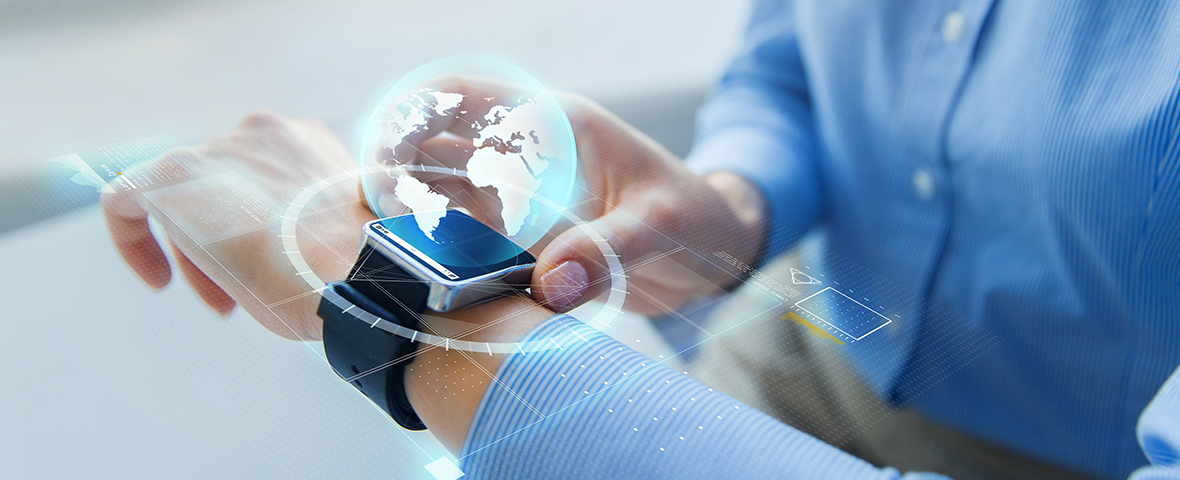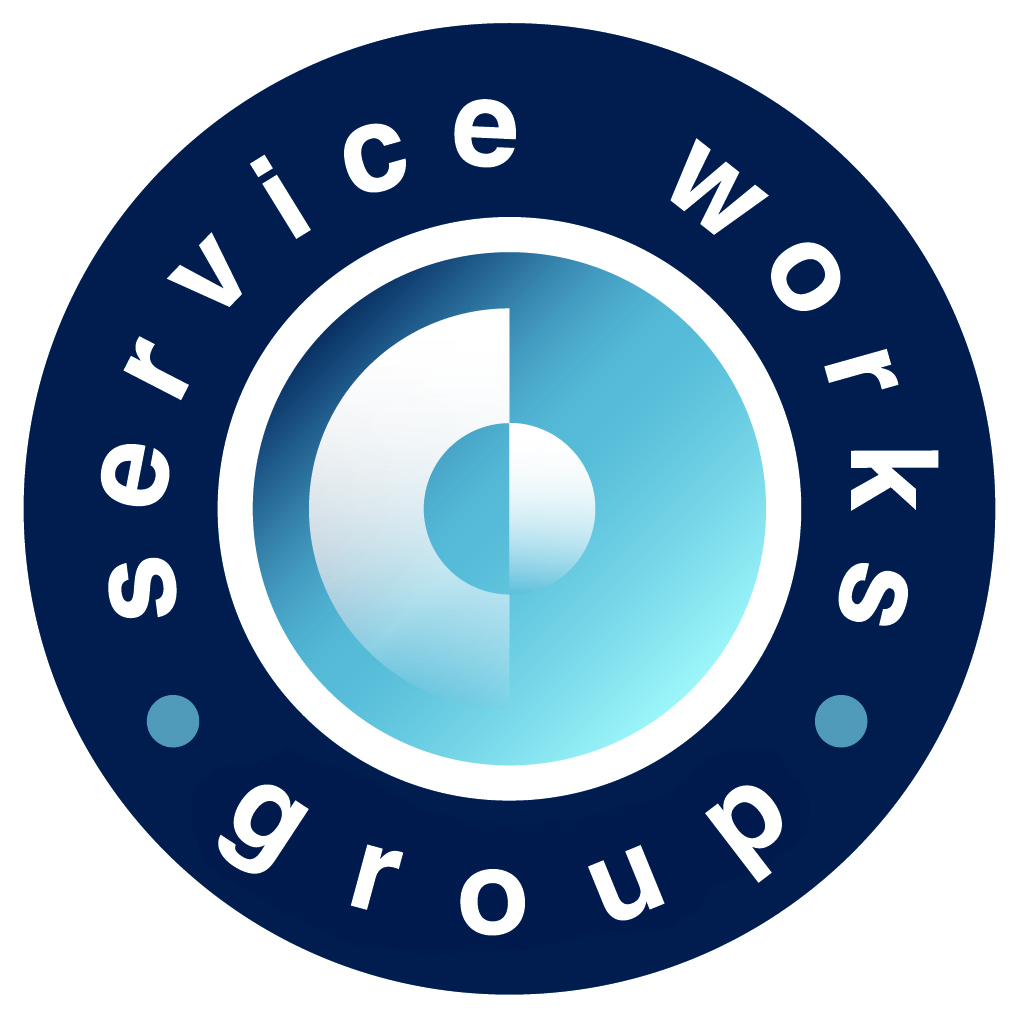The consumer market in wearables is booming, fed by an explosion of products that not only provide an easy, inter-connected way of life but are have also become highly fashionable – the Apple Watch and Fitbit being two prime examples. This trend is set to continue, with the market forecast to be worth $34 billion by 2020, a staggering increase of $20 billion from 2016’s end of year estimate. It’s little wonder then that this consumer tech is becoming more widely used for business, and especially service-driven environments like facilities management.
Smartwatches and sensors
The rise of mobile in FM has paved the way for wearable technology, providing a precedent for increased productivity and work accuracy through improved communication, information and simplification. An operative only has to launch an app to see their day’s work, colour coded by priority, linked to a map showing exactly where each task is located. Smartwatches or hearable devices are the next extension, providing hands-free access to a live stream of information. For example, at the Empowering People with Technology Event in July, facilities management outsourcing company Mitie described how they have combined wearable technology with IoT (Internet of Things). Previously, washroom cleans would have been conducted on a rota but use of sensors to monitor traffic in the area has provided live data which can be used to create a more efficient, cost-effective strategy. If the facilities have not been used then no cleaning is required, but if traffic suddenly rises (perhaps due to a large meeting or event), an operative is alerted automatically via their smartwatch.
Workplace wellbeing
The area currently seeing the greatest take up of wearable technology is workplace wellbeing. Employers are now investing greater resources into the health of the workforce, not only as a way of showing their commitment to employee welfare but also in order to improve their productivity and engagement. At one end of the scale, fitness trackers (like Fitbit) are used to help monitor and reward exercise, but technology can also allow for monitoring of stress, sleep and even location – the data from which can be used to create a more supportive and desirable working environment. Of course this leads to data protection questions, so any company looking to start a programme of this type must ensure full compliance with data protection laws.
‘X-Ray’ glasses for BIM
BIM (Building Information Modelling) is set to provide even more usable information through the use of augmented reality (AR). Whereas virtual reality (VR) transports the users to new world (currently popularised by the release of PlayStation VR), AR allows users to continue interacting with elements in their immediate environment such as phones, keyboards and tools. When working on a building designed with BIM, in the future an engineer will be able to see the cables behind the walls using AR glasses. This has great implications for cost savings: the level of accuracy attained will reduce access and repair time, and also improve service levels.
To receive Service Works’ weekly blog straight to your inbox, sign up to our email service: http://swg.com/blog-signup/






